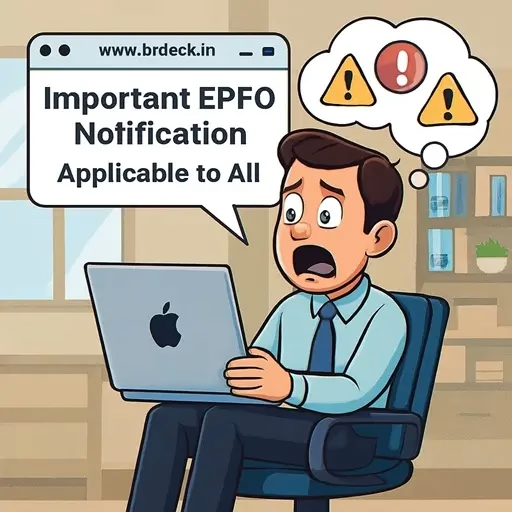Gamification involves incorporating game mechanics into non-game contexts, such as employee training. This includes features like leaderboards, rewards, point systems, and real-time progress tracking. These elements make the learning process more interactive, enjoyable, and effective, replacing the monotonous nature of conventional training programs.
For any assistance in
HRMS, Payroll & Compliance Outsourcing, Tax Management or S&E Registration, do contact us.
We provide PAN India service.
Click here to get the Lowest QuotesWhy Gamification Is Effective
Gamification has gained widespread adoption because of its ability to:
- Boost Engagement
Traditional training sessions often fail to hold employees’ attention. Gamification makes learning enjoyable, encouraging active participation and reducing disengagement. - Facilitate Practical Application
By using simulations, quizzes, and interactive exercises, gamified training enables employees to apply their learning in real-world scenarios, reinforcing their knowledge and skills. - Provide Real-Time Feedback
Gamified training platforms offer instant feedback and progress tracking, helping both employees and management assess performance and identify areas for improvement. - Encourage Healthy Competition
Leaderboards and challenges motivate employees to perform better, fostering a spirit of friendly competition and collaboration.
Applications of Gamification in Employee Training
Gamification can be seamlessly integrated into various aspects of employee development. Here’s how it can be applied:
- Onboarding
Gamified onboarding makes the process smoother and more engaging. By breaking complex information into interactive modules, new hires can quickly grasp organizational policies, procedures, and culture. - Leadership Development
Gamification aids in cultivating leadership skills by introducing activities that require decision-making, strategic thinking, and team management—without the pressure of real-world consequences. - Compliance Training
Compliance training, often perceived as dull, can be made interactive with scenario-based games and quizzes. This approach ensures employees fully understand and adhere to organizational policies and regulations. - Skill Development and Upskilling
Gamification is a valuable tool for skill enhancement. It encourages employees to complete advanced training programs by making the learning process enjoyable and rewarding.
- Group Personal Accident Insurance in India – A Complete HR Guide
- Abhijit Bhaduri: The Story of an HR Who Became a Unicorn
- EPFO Mandates Employers to Public Display of Form 5A: (by Oct 22, 2025)
- EPFO Revamped ECR Rollout (Effective Sept 2025 Payroll)
- Prabir Jha: The Maverick CHRO Across Fortune 500 Giants
2) How to Effectively Implement Gamification in Corporate Training
To maximize the benefits of gamification, organizations should follow these best practices:
- Identify the Target Audience
Understand the demographics, preferences, and skill levels of employees to design gamified training programs that resonate with their needs and expectations. - Set Clear Objectives
Define the specific goals of the training program, such as improving technical skills, fostering leadership, or ensuring compliance. Align all gamification elements with these objectives. - Select the Right Tools
Choose tools that complement your training goals and audience preferences. Options like quizzes, rewards, virtual reality (VR), and storytelling can make the experience more dynamic. - Incorporate Diverse Game Mechanics
Go beyond badges and leaderboards. Consider integrating multiplayer games, augmented reality (AR), or immersive storytelling to create a more captivating learning journey. - Track and Measure Success
Establish key performance indicators (KPIs) to measure the program’s effectiveness. Metrics like participation rates, course completion times, and skill improvement can help gauge success and refine future programs.
Benefits of Gamification in Training
- Increased Productivity: Employees are more likely to stay engaged and complete training programs, leading to better performance on the job.
- Enhanced Retention: Learning through gamification tends to stick with employees longer than traditional methods.
- Improved Collaboration: Interactive games encourage teamwork and communication among employees.
- Cost Efficiency: By improving the effectiveness of training sessions, gamification reduces the need for repeated programs and boosts ROI.
Conclusion
Gamification in employee training is more than just an innovative concept—it’s a game-changing strategy. By combining creativity, technology, and practical applications, organizations can create an engaging learning environment that benefits both employees and the business. For companies looking to enhance their training programs, gamification offers a proven pathway to success.
Would you like additional insights on implementing gamification in your organization? Let me know!
For any assistance in
HRMS, Payroll & Compliance Outsourcing, Tax Management or S&E Registration, do contact us.
We provide PAN India service.
Click here to get the Lowest Quotes




